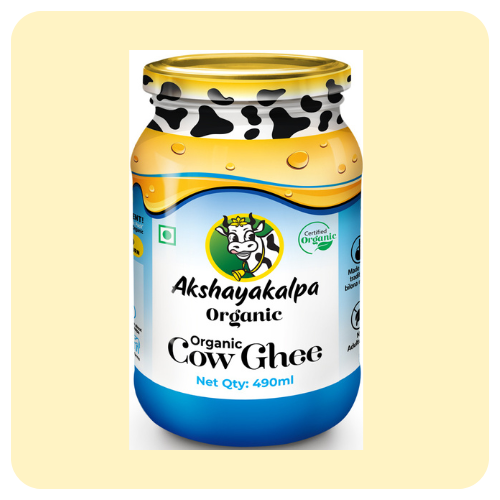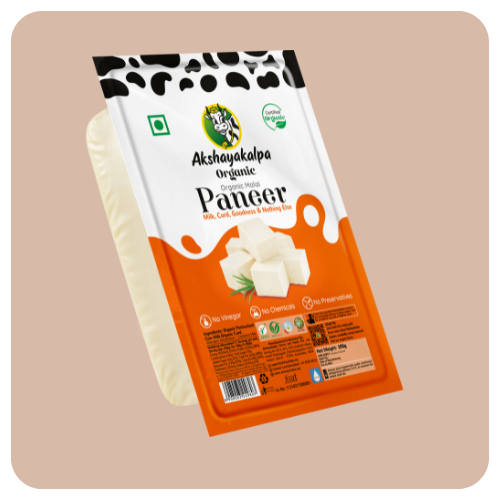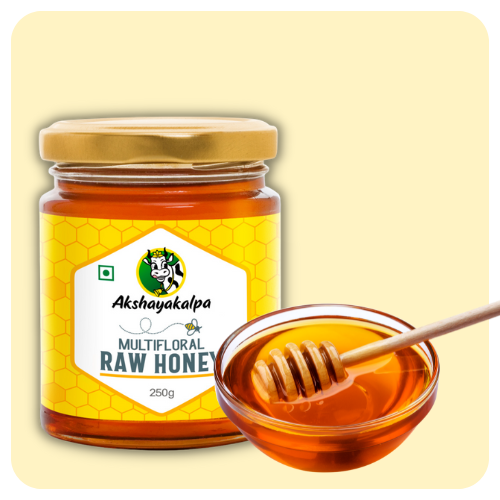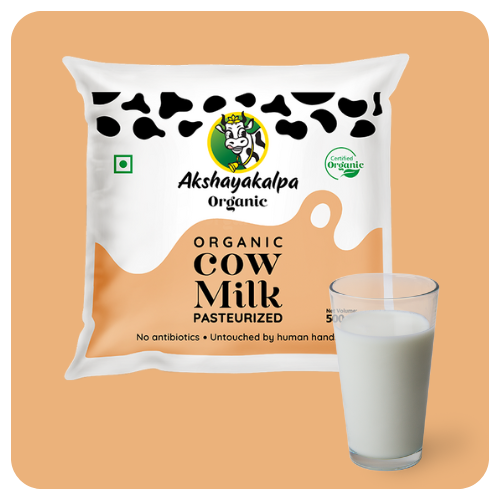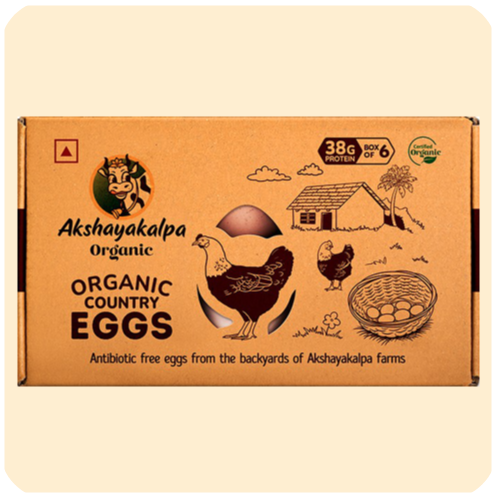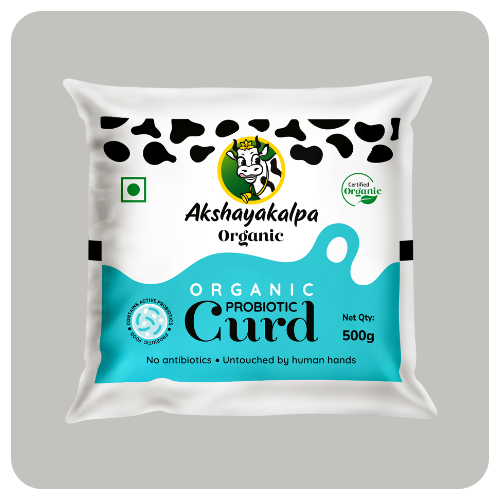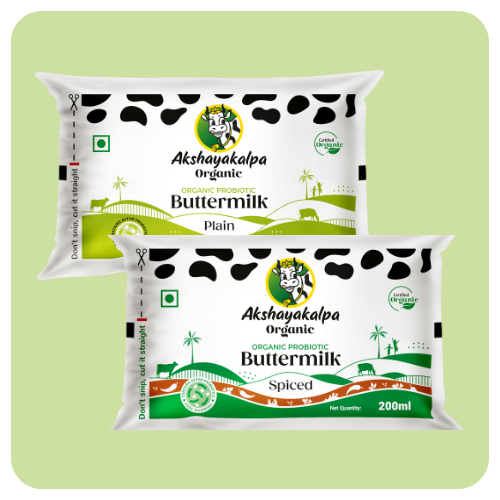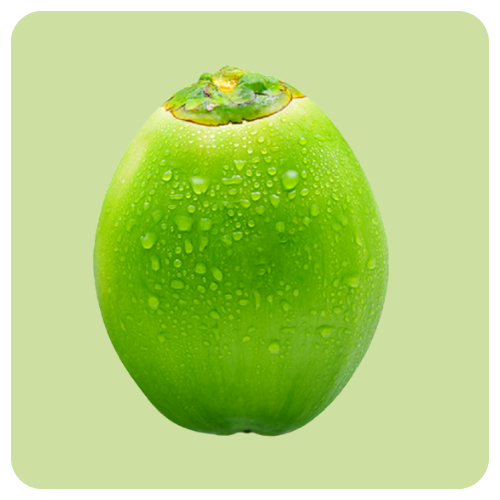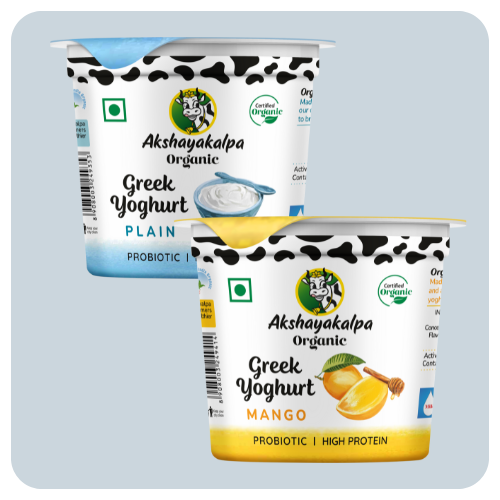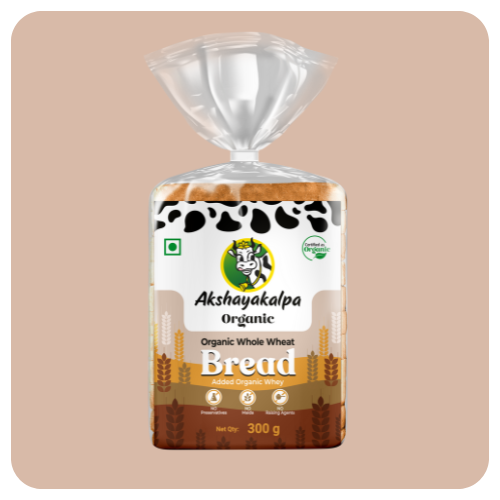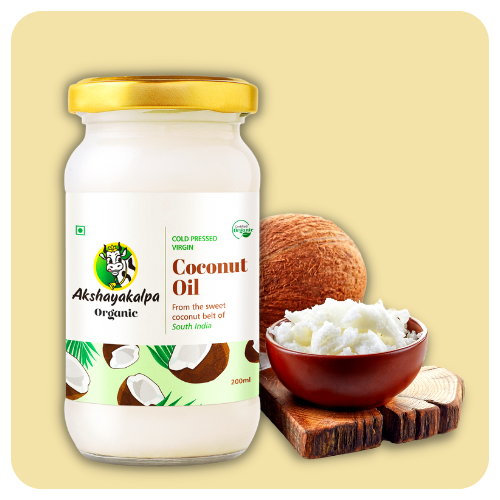Is there any nutritional difference between brown and white eggs?
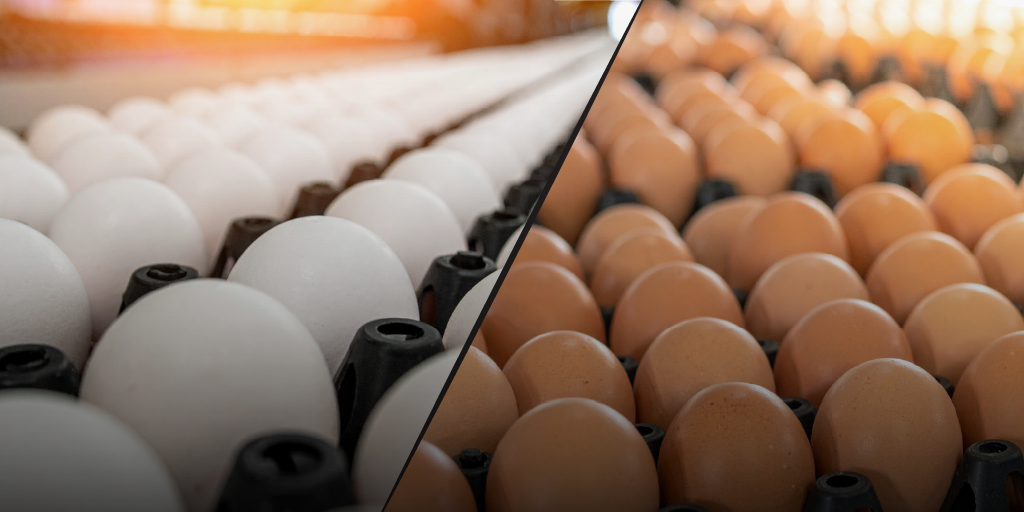
Most of us believe that brown eggs offer better nutrition and are worth the extra price that they are sold at.
But what if we told you that all eggs start off white?
Yes, you read that right.
Eggshells are made of calcium carbonate, which is white by default. So, where does the colour brown come from? They are a result of the hen’s genetics and the pigments her body produces.
Here’s how it works:
If a hen has white feathers, she’ll usually lay white eggs. If she’s brown or reddish, she’ll most likely lay brown ones. But there are exceptions. Some breeds can lay eggs in other shades too, like blue or even green.
The pigment responsible for brown shells is called protoporphyrin. Blue eggs, on the other hand, get their colour from a different pigment called biliverdin. This pigment is added toward the end of the shell-forming process.
Because the colour is added so late, it only coats the surface. That’s why, when you crack open a brown egg, the inside of the shell still looks white.
While breed is the biggest factor, there are a few other things that can slightly impact the colour of the shell.
For example, as hens that lay brown eggs age, they usually start laying eggs with slightly lighter shells. The hen’s diet, environment, and stress levels can also affect the shade of the egg, making it a little darker or lighter.
So no, brown eggs aren’t more nutritious. They’re just tinted, naturally.
So, what really matters?
It’s where your eggs come from. Think about how the hens are raised, what they eat, and the kind of environment they live in. That’s what makes a real difference to what’s inside your eggs.
So, next time you’re shopping, don’t judge an egg by its shell.
Look beyond the colour. Ask about the farm, the feed, and the care given to the hens. Because that’s where the real difference lies.
